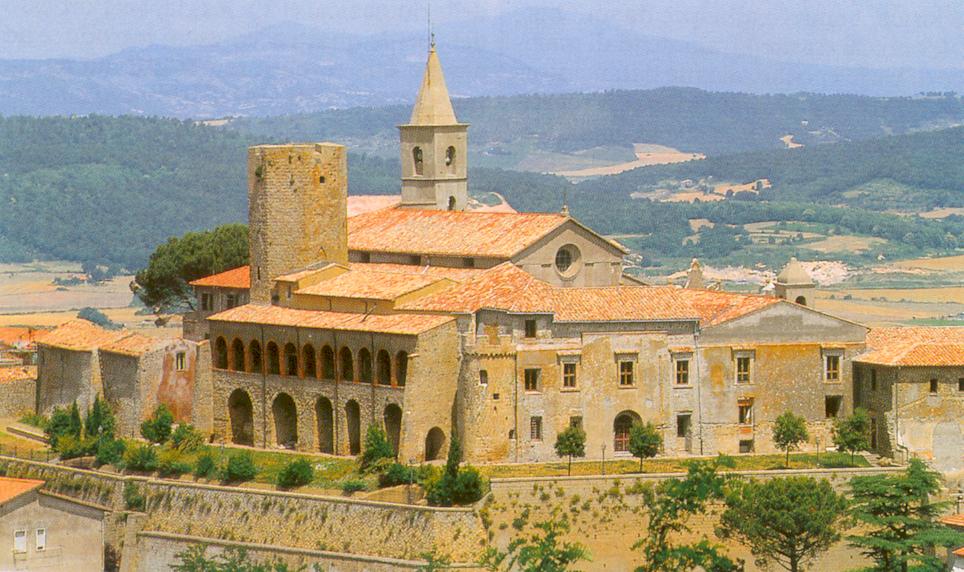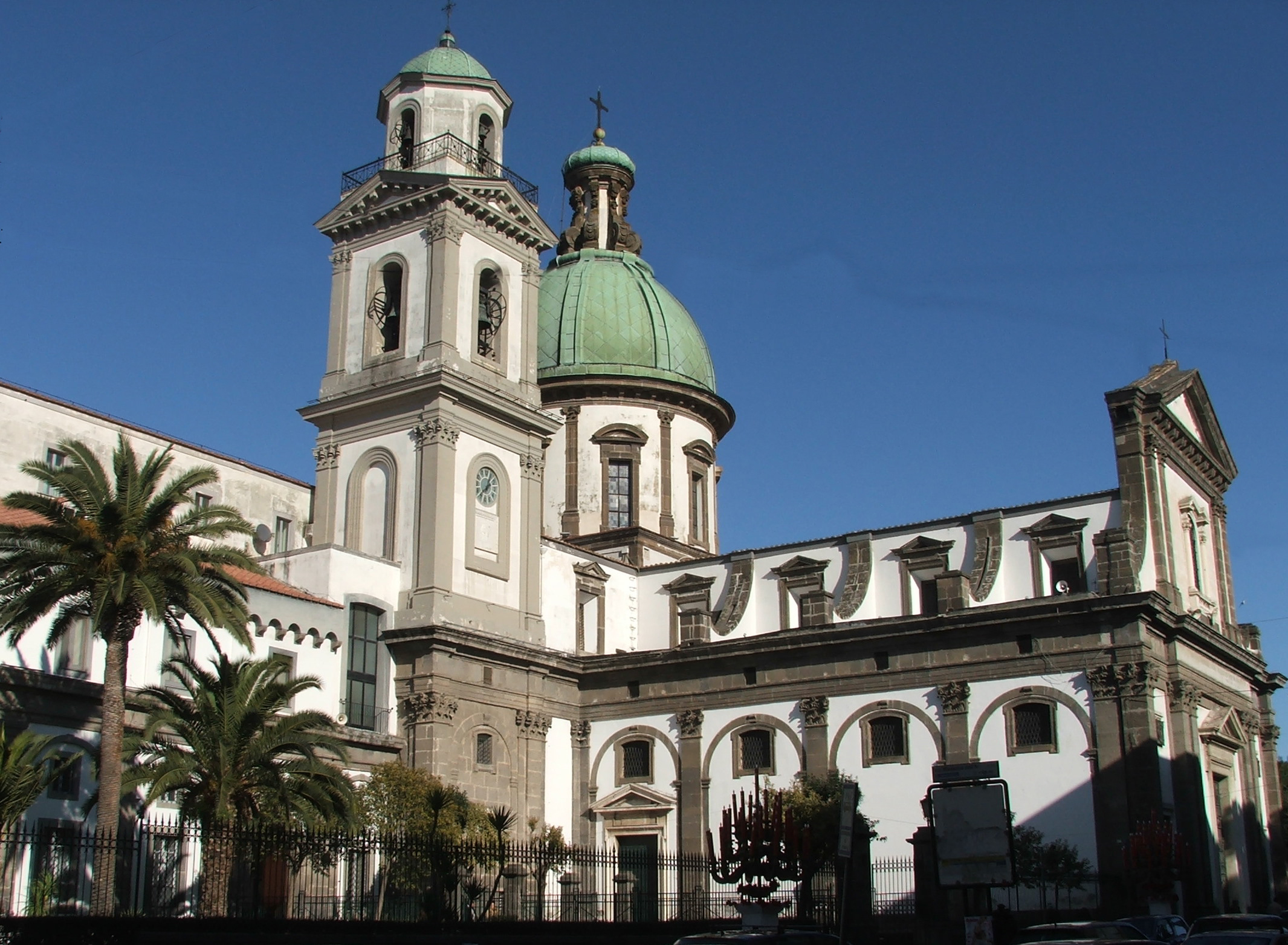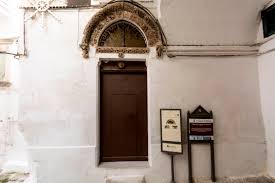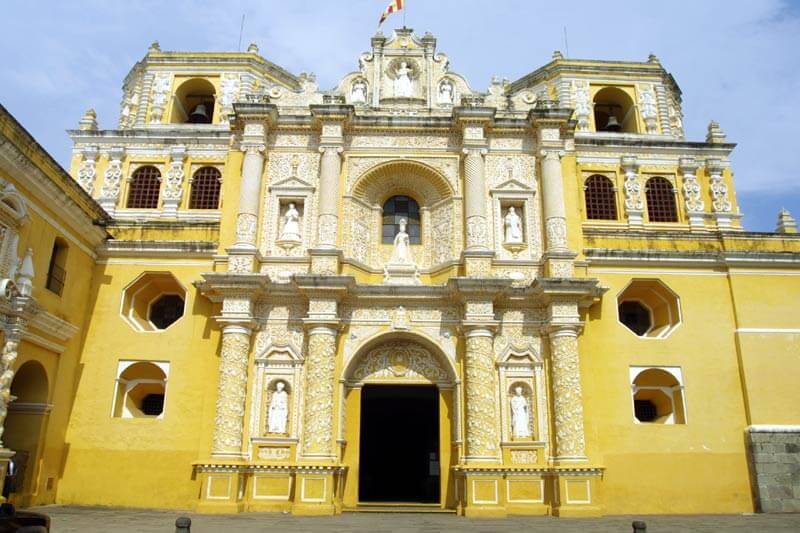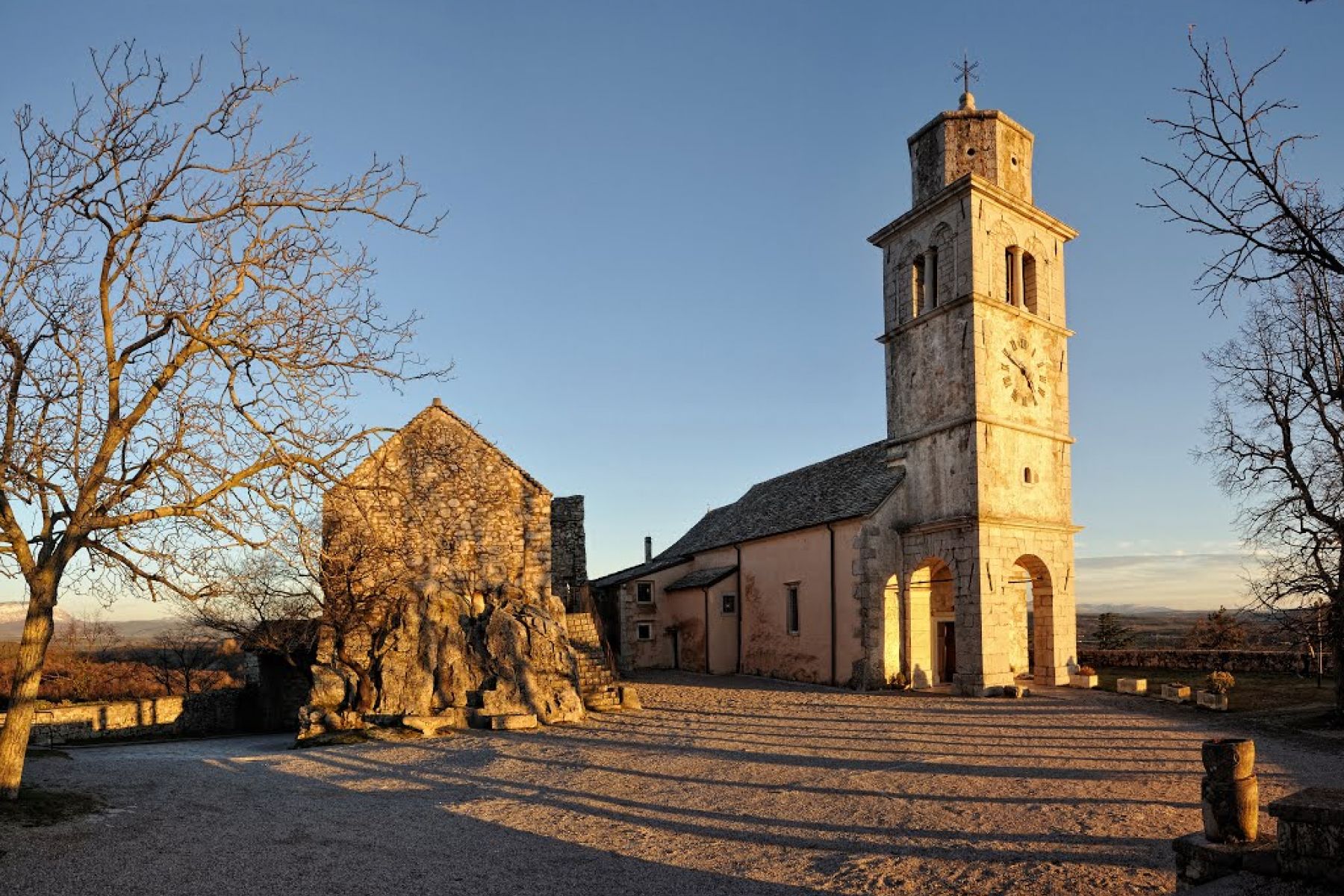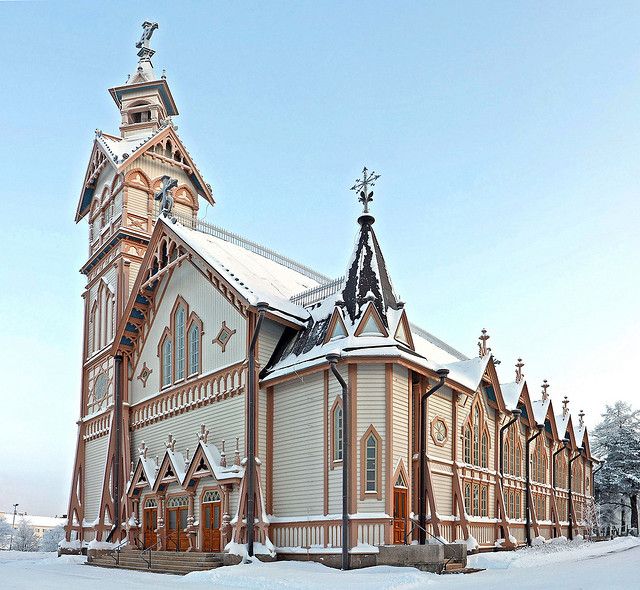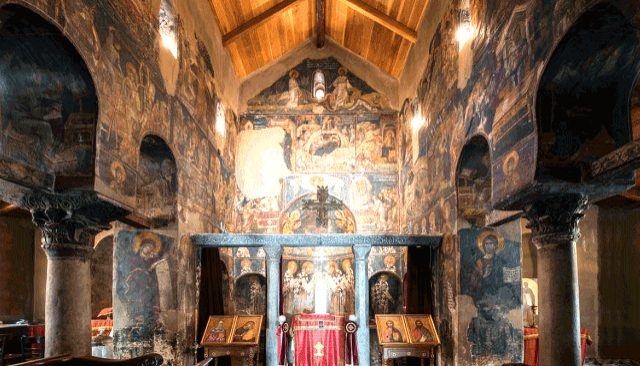Built around the year 1000 in Romanesque style, the Church, dedicated to the Apostle St. John the Evangelist, has been restructured several times until it appears in its present state, with a facade rebuilt around the middle of the XV century with the placement of the coats of arms of Card. Alessandro Farnese, junior, (Valentano 1520-Rome 1589), of the Bishop of Montefiascone (Cardinal Bentivoglio) and of the Community of Valentano (image of S. Giovanni Evangelista, which preceded the other city coat of arms with the emblem of the alder tree).The title of parish, taken away from the homonymous church placed outside the walls, was applied to this sacred building in 1253 for disposition of pope Innocenzo IV.
The interior is in all its "Baroque" splendour, just as the ancient monument was transformed between the end of the 1600s and the beginning of the 1700s. Of the previous interventions a valuable fresco of the Crucifixion attributed to Marcello Venusti has been saved. Of the half of the XVII century is the valuable wooden statue of the Madonna Assunta given to the Church by the priest G.B. Lazzari.Other splendid paintings are by Corrado Giaquinto (Madonna, Child and purgative souls), by Pietro Lucatelli (Madonna of the Rosary with San Domenico and Santa Caterina, of 1700). Two cloths dedicated to the patron San Giovanni are work of the painter Pietro Padroni, end sec. XVIII, painter native of Città della Pieve and then living in Valentano. Among the other canvases there is one by Alessandro Mattia da Farnese, defined by someone the "painter of Valentano" (Madonna with Child and the Saints Peter and Paul, coming from the Church of S. Maria) and another one by the painter from Viterbo Francesco Maria Bonifazi with San Francesco, Santa Lucia and Sant’Agata of 1711 (this work is in a bad state of preservation).
Under the high altar there is the artistic urn with the relics of the co-patron Giustino Martire, Saint of the imposed name.
